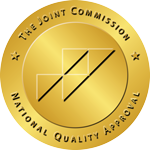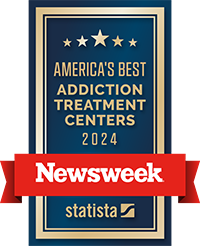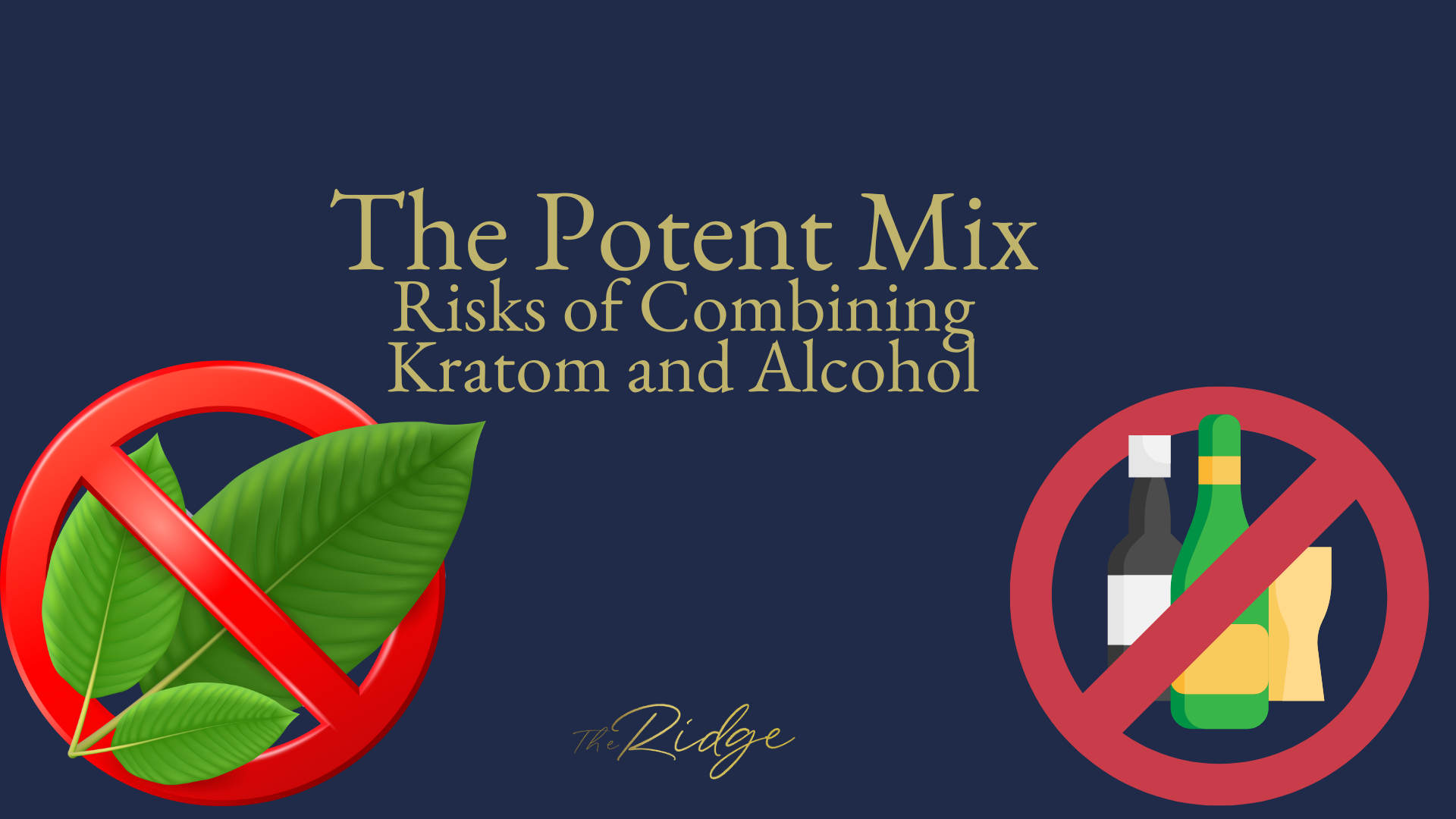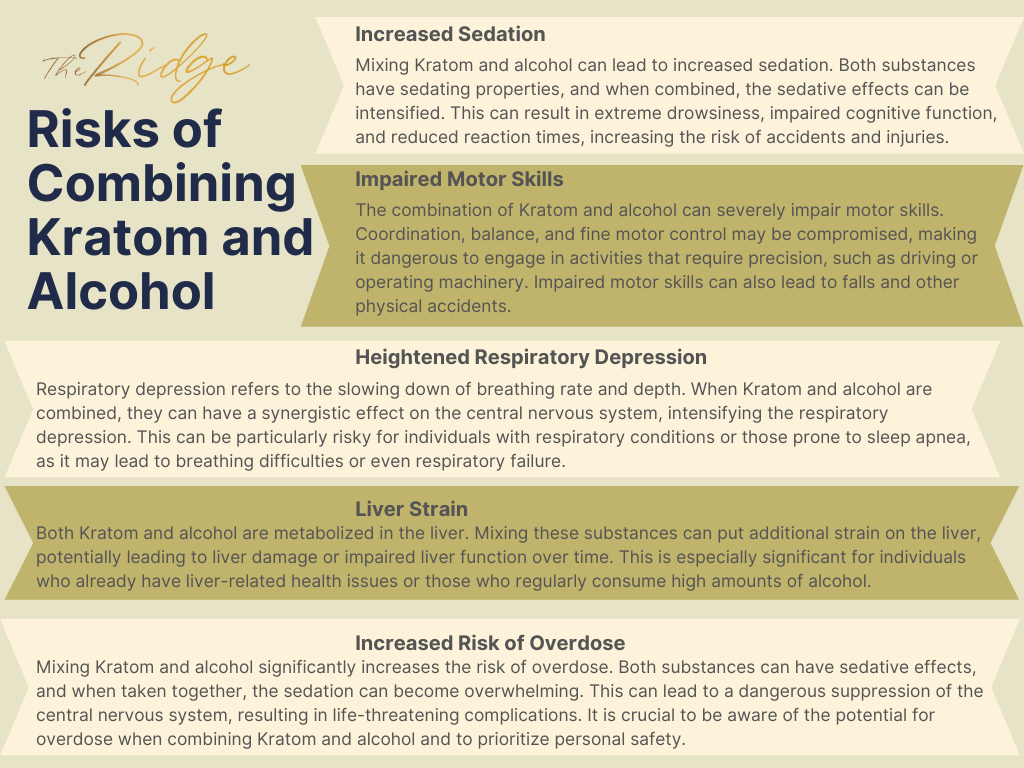Understanding the Risks of Combining Kratom and Alcohol
In recent years, there has been a surge in the popularity of natural supplements and alternative remedies for various ailments. Among these, Kratom, derived from the leaves of the Mitragyna speciosa tree, has garnered attention for its pain-relieving and mood-enhancing effects. On the other hand, alcohol has been a staple in social gatherings and cultures around the world for centuries. While both substances are commonly consumed independently, a rising trend involves mixing Kratom and alcohol, often with little understanding of the potential consequences.
Kratom, native to Southeast Asia, has been traditionally used to combat fatigue and improve work productivity. In the Western world, it is often marketed as a natural remedy for pain, anxiety, and depression. Conversely, alcohol, one of the oldest recreational substances, is known for its ability to lower inhibitions and induce relaxation.
Combining Kratom and alcohol may seem like a way to enhance the effects of both substances, but this combination can be much more potent and unpredictable than users anticipate. The purpose of this article is to delve into the science behind mixing Kratom and alcohol, understand the risks and effects on the body and mind, and provide guidance for those who may be experimenting with this combination.
As we navigate through the complexities of these substances, our goal is to equip readers with the knowledge needed to make informed decisions regarding their health and well-being.
Stay with us as we unravel the potent mix of Kratom and alcohol.
The Allure of Mixing Kratom and Alcohol
Why people are mixing Kratom and alcohol
The combination of Kratom and alcohol has gained popularity for several reasons. For some, it’s the allure of enhancing the effects of both substances. Kratom, known for its stimulating effects at low doses and sedative effects at high doses, is believed by some to complement the relaxing effects of alcohol. Additionally, individuals seeking relief from anxiety, stress, or pain may turn to this combination in the hope of finding a more potent remedy. The curiosity to experience a different or heightened state of consciousness also plays a role in why people experiment with mixing Kratom and alcohol.
The desired effects and experiences
Those who mix Kratom and alcohol often seek a range of desired effects. Some users report a sense of euphoria, relaxation, and pain relief, which they attribute to the synergistic effects of Kratom and alcohol. Others claim that the combination enhances sociability and mood, making social interactions more enjoyable. However, it’s important to note that experiences vary widely among individuals, and what one person finds pleasurable, another might find uncomfortable or even distressing.
Social media platforms and online forums have played a significant role in popularizing the mix of Kratom and alcohol. Through these channels, users share their experiences, recipes, and perceived benefits of the combination. This sharing of information, often without scientific backing, can create a sense of community among users and encourage others to try the mix. However, it also poses risks as individuals may be influenced to try the combination without being fully aware of the potential dangers and consequences.
The Science Behind the Mix
How Kratom and alcohol interact in the body
Kratom and alcohol, when consumed together, interact with different receptors in the brain. Alcohol primarily affects the gamma-aminobutyric acid (GABA) receptors, leading to a depressant effect that slows down brain activity and induces relaxation. Kratom, on the other hand, contains compounds like mitragynine and 7-hydroxymitragynine that interact with opioid receptors, influencing mood and pain perception. When Kratom and alcohol are combined, these interactions can be unpredictable. The depressant effects of alcohol may be amplified or altered by Kratom, and vice versa.
The synergistic effect of combining depressants and stimulants
Kratom has a dual nature; in low doses, it acts as a stimulant, while in high doses, it has sedative effects. When combined with alcohol, a depressant, there can be a synergistic effect. This means that the effects of both substances can be amplified. For example, the sedative effects of high-dose Kratom may be intensified by alcohol, leading to excessive sedation or respiratory depression. Conversely, if Kratom is taken in low doses for stimulation, it may counteract some of the sedative effects of alcohol, leading individuals to consume more alcohol than usual, which can be dangerous.
The role of Kratom’s active compounds when mixed with alcohol
The active compounds in Kratom, particularly mitragynine and 7-hydroxymitragynine, play a significant role when mixed with alcohol. These compounds interact with opioid receptors in the brain, and when alcohol is also present, this interaction can be altered. Alcohol’s effect on GABA receptors can modulate the opioid receptors, potentially leading to enhanced or unpredictable effects. This can include heightened euphoria, but also increased risk of adverse effects such as nausea, dizziness, impaired coordination, and in severe cases, respiratory depression.
Understanding the science behind the combination of Kratom and alcohol is crucial for recognizing the potential risks and unpredictability of this mix. It is important for individuals to exercise caution and be informed of the interactions that occur within the body when these substances are combined.
The Physical and Psychological Effects
Immediate effects on the body and mind
The immediate effects of mixing Kratom and alcohol can vary depending on the quantities consumed and individual sensitivities. Common immediate physical effects include drowsiness, impaired coordination, nausea, and dizziness. Some individuals may experience a heightened sense of euphoria and relaxation. On the psychological side, there may be alterations in mood, with some individuals feeling more sociable and talkative, while others may experience anxiety, confusion, or depressive thoughts. In some cases, the combination can lead to impaired judgment and risky behavior.
Long-term consequences of regular mixing
Regularly mixing Kratom and alcohol can have detrimental effects on both physical and psychological health. Physically, this combination can contribute to liver damage, gastrointestinal issues, and an increased risk of accidents due to impaired coordination. Psychologically, there is a risk of developing dependence or addiction to either or both substances. This can be accompanied by mood disorders, cognitive impairments, and social isolation. The combination may also exacerbate existing mental health conditions and make treatment more complicated.
The Risks and Dangers
Health risks of combining Kratom and alcohol
Combining Kratom and alcohol poses several health risks. The depressant effects of alcohol can be amplified by Kratom, leading to excessive sedation, which can be dangerous. There is also an increased risk of respiratory depression, which can be life-threatening. The combination can cause nausea, vomiting, and impaired motor skills, increasing the risk of accidents and injuries. Additionally, both substances are metabolized in the liver, and combining them can put a strain on the liver, potentially leading to liver damage over time.
The potential for addiction and dependence
Both Kratom and alcohol have the potential for addiction and dependence. When used together, this risk may be compounded. Individuals may find that they need to consume increasing amounts of either substance to achieve the desired effects, leading to a cycle of escalating use. This can result in physical dependence, where the body adapts to the presence of the substances and experiences withdrawal symptoms when they are not consumed.
The impact on mental health
The combination of Kratom and alcohol can have detrimental effects on mental health. Alcohol is a depressant, and excessive consumption can contribute to depression and anxiety. Kratom, while sometimes used by individuals to self-medicate for anxiety or depression, can also exacerbate these conditions, especially when used in combination with alcohol. Additionally, the combination can impair judgment and contribute to risky behavior, which can have further negative impacts on mental health and well-being.
The dangers of combining Kratom with different types of alcoholic beverages
Mixing Kratom with different types of alcoholic beverages can have varying effects. For example, combining Kratom with a depressant like red wine might intensify the sedative effects, while mixing it with a stimulant-containing alcoholic beverage like an energy drink and alcohol mix could lead to unpredictable effects on the central nervous system. It is important to recognize that the type of alcoholic beverage can influence the interaction with Kratom and may pose additional risks.
Legal Implications and Regulations
The legal status of Kratom and alcohol
The legal status of Kratom varies by country and within the United States, by state. In some places, Kratom is legal and sold as a dietary supplement, while in others it is banned or regulated. The U.S. Food and Drug Administration (FDA) has not approved Kratom for medical use and has expressed concerns about its safety and potential for abuse. Alcohol, on the other hand, is legal in most countries, including the United States, for individuals over a certain age, usually 21. However, there are restrictions on its sale and consumption.
Regulations regarding the sale and consumption of Kratom and alcohol
Regulations regarding the sale and consumption of Kratom and alcohol are aimed at ensuring public safety. For alcohol, there are typically age restrictions, limits on sale hours, and regulations on where it can be consumed. For Kratom, in places where it is legal, there may be regulations regarding its sale, labeling, and use. In the United States, some states have enacted laws that regulate or ban the sale and possession of Kratom. It is important for individuals to be aware of and comply with the regulations in their jurisdiction regarding the sale and consumption of Kratom and alcohol.
Legal consequences of irresponsible use
Irresponsible use of Kratom and alcohol can have legal consequences. For example, driving under the influence of alcohol or any substance that impairs motor skills and dilates pupils, including Kratom, is illegal and can result in fines, loss of driving privileges, and imprisonment. Additionally, the possession or sale of Kratom in areas where it is banned can result in legal penalties. Engaging in risky or disruptive behavior while under the influence of Kratom and alcohol can also have legal repercussions.
Harm Reduction and Safe Practices
Tips for those who choose to mix Kratom and alcohol
For individuals who choose to mix Kratom and alcohol, it is crucial to prioritize safety. Here are a few tips: – Start with small amounts: If you are new to mixing these substances, start with a small amount to see how your body reacts. – Avoid mixing on an empty stomach: Consuming Kratom or alcohol on an empty stomach can intensify their effects. It’s advisable to have a meal before consuming them. – Stay hydrated: Both Kratom and alcohol can be dehydrating. Drink water to stay hydrated. – Avoid driving or operating machinery: The combination can impair your motor skills and reaction time. – Have a sober friend: It’s a good idea to have someone sober around in case you need assistance. – Listen to your body: Pay attention to how your body reacts and stop if you feel unwell.
Understanding one’s limits and the importance of moderation
Understanding your limits is key to reducing harm. Be aware of how much you can handle and avoid exceeding this amount. Moderation is crucial; consuming large quantities of Kratom and alcohol, especially together, can be dangerous. Set limits for yourself and stick to them. Remember that the goal should be to enjoy yourself responsibly without compromising your health and safety.
The role of education and awareness in harm reduction
Education and awareness play a significant role in harm reduction. Being informed about the effects and risks of Kratom and alcohol can help individuals make safer choices. Educational campaigns, community discussions, and sharing information through social media can be effective in raising awareness.
Additionally, healthcare providers and educators can play a role in informing individuals about the risks and safe practices associated with Kratom and alcohol.
In conclusion, while there are risks associated with mixing Kratom and alcohol, harm reduction and safe practices can mitigate some of these risks. It is important for individuals to be informed, understand their limits, and practice moderation. Education and awareness are key components in promoting safer consumption practices.
Seeking Help and Treatment
Recognizing the signs of addiction or adverse effects
Recognizing the signs of addiction or adverse effects from mixing Kratom and alcohol is the first step in seeking help. Signs of addiction may include cravings, loss of control over use, neglecting responsibilities, and continued use despite negative consequences. Adverse effects may include nausea, dizziness, impaired coordination, anxiety, or depressive thoughts. If you or someone you know is exhibiting these signs, it’s important to acknowledge the need for help.
Available treatment options for addiction or dependence
There are various treatment options available for individuals struggling with addiction or dependence on Kratom and alcohol. These include detoxification, inpatient or outpatient rehabilitation programs, counseling, and medication-assisted treatment. The choice of treatment should be based on the individual’s specific needs and circumstances.
The importance of support systems
Having a support system is crucial in the recovery process. Friends, family, and support groups can provide emotional support and encouragement. Additionally, engaging with others who have faced similar challenges can be beneficial.
Resources for seeking help
There are numerous resources available for those seeking help for addiction or dependence on Kratom and alcohol. One such resource is The Ridge, a luxury addiction treatment center in Cincinnati, Ohio. The Ridge offers a serene and comfortable environment for recovery, with a range of services including detoxification, residential treatment, family education, and aftercare planning. The experienced staff at The Ridge are dedicated to providing personalized care and support to help individuals on their journey to recovery. If you or a loved one is struggling with addiction or dependence, considering the services of The Ridge may be a valuable step in the right direction.
In conclusion, recognizing the signs of addiction or adverse effects, exploring treatment options, having a support system, and utilizing resources like The Ridge are essential components in seeking help and treatment for issues related to Kratom and alcohol. Taking the steps to seek help is a commendable and important decision for the well-being of oneself and loved ones.
Sources:
Swogger, M.T., & Walsh, Z. (2018). Kratom use and mental health: A systematic review. Drug and Alcohol Dependence, 183, 134-140. doi: 10.1016/j.drugalcdep.2017.10.012.
Hill, K., Gibson, S., Grundmann, O., Smith, K. E., Ballard, J., & Stanciu, C. N. (2023). Evaluating health information provided to kratom consumers by good manufacturing practice-qualified vendors. Substance Abuse Treatment, Prevention, and Policy, 18(1), 21. doi: 10.1186/s13011-023-00531-4.
Prozialeck, W. C., Avery, B. A., Boyer, E. W., Grundmann, O., Henningfield, J. E., Kruegel, A. C., McMahon, L. R., McCurdy, C. R., Swogger, M. T., Veltri, C. A., & Singh, D. (2019). Kratom policy: The challenge of balancing therapeutic potential with public safety. International Journal of Drug Policy, 70, 70-77. doi: 10.1016/j.drugpo.2019.05.003.






